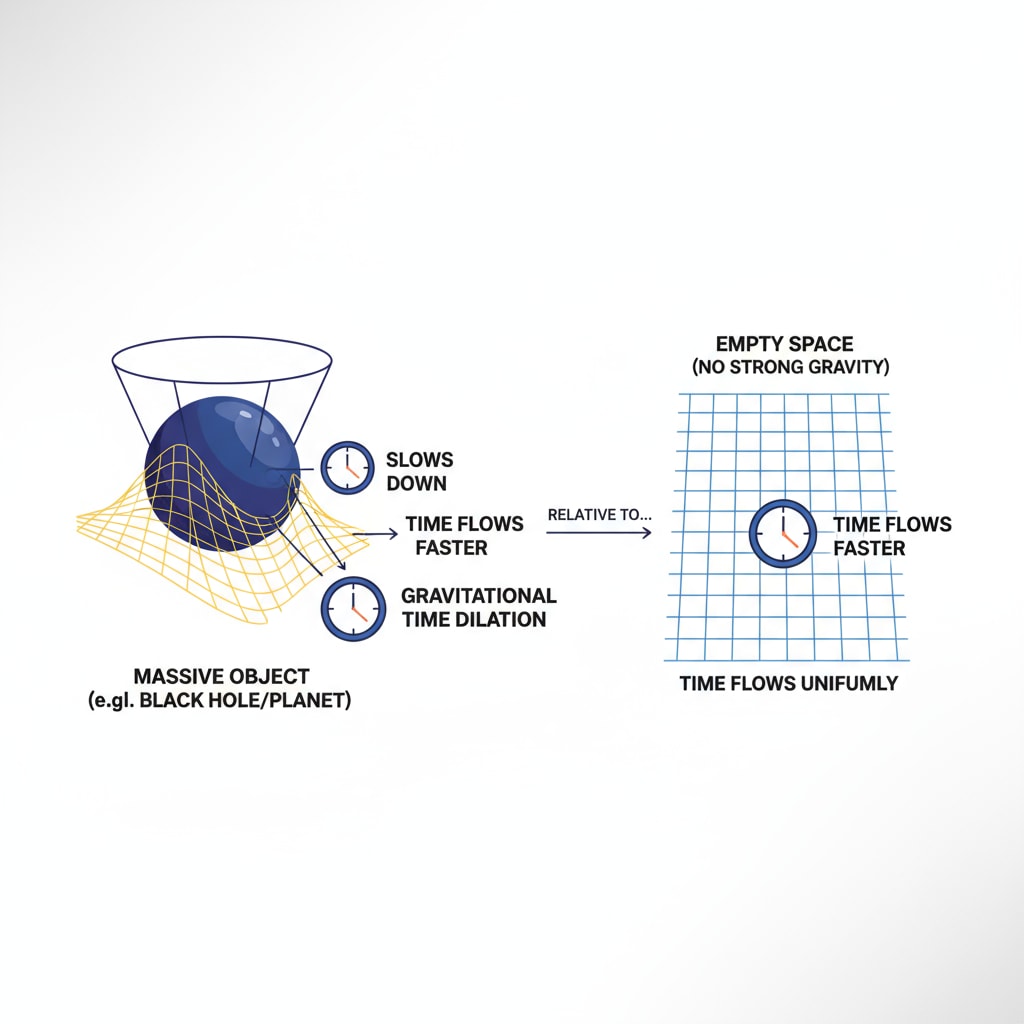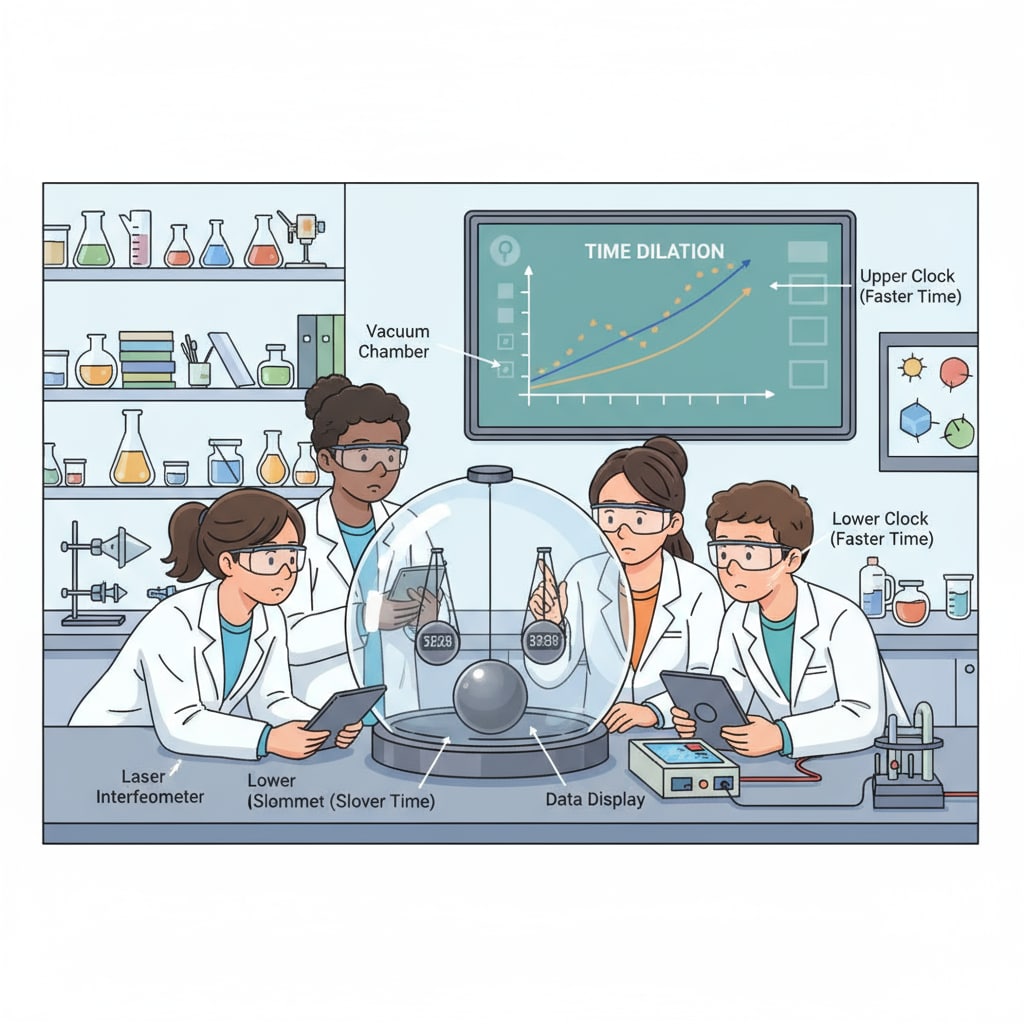Time dilation, gravity, and relativity are fascinating yet complex concepts in physics. Understanding how gravity affects the rate of time’s passage is not only crucial in the realm of theoretical physics but also has real-world implications. In this article, we’ll explore how to bring these ideas into K12 education, making them accessible to young minds.

The Concept of Gravitational Time Dilation
At the heart of this discussion is gravitational time dilation. Einstein’s theory of general relativity posits that gravity is not just a force but a curvature of spacetime. Massive objects like planets and stars warp spacetime, and this warping affects the flow of time. As a result, time passes more slowly in stronger gravitational fields. For example, a clock placed closer to the Earth’s surface (where the gravitational field is stronger) will run slightly slower than a clock in outer space. General relativity on Wikipedia
Relating to K12 Education
Teaching these concepts to K12 students requires innovative approaches. Instead of diving straight into complex equations, we can use relatable analogies. For instance, think of time as a river. In areas with stronger gravity, the river of time flows more sluggishly. This simple metaphor can help students visualize the concept. In addition, hands-on experiments or simulations can be used to further reinforce the idea. General relativity on Britannica

In conclusion, by making the concepts of time dilation, gravity, and relativity more accessible through creative teaching methods, we can inspire the next generation of scientists. These ideas not only expand students’ knowledge but also show them the wonders of the physical world that surround us every day.
Readability guidance: The use of short paragraphs and analogies simplifies complex ideas. Lists can be used to summarize key points. Passive voice is minimized, and transition words like ‘for example’ and ‘in addition’ are used to enhance readability.


